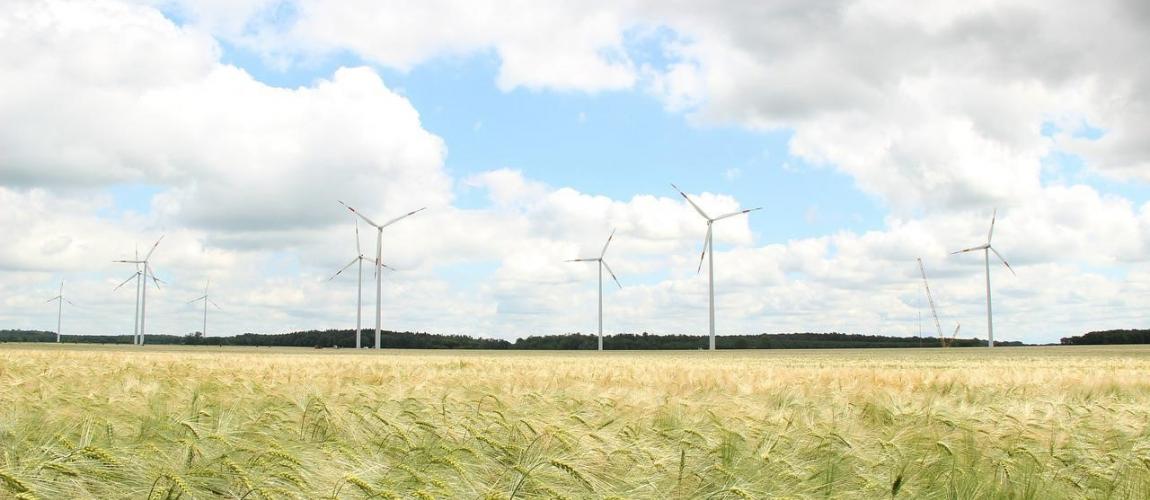Understand the International Climate Policy Landscape

Photo Credit: Image by Pixabay

UNITED NATIONS FRAMEWORK CONVENTION ON CLIMATE CHANGE (UNFCCC) The United Nations Framework Convention on Climate Change (UNFCCC) is an international environmental agreement that was signed in June 1992 in Rio de Janeiro and entered into force in 1994. Today, 197 countries have ratified the convention with the main objective to stabilize greenhouse gas (GHG) concentrations to a level that would prevent dangerous anthropogenic interference with the climate system. Formal Conferences of parties (COP) have been held every year since 1995 and comprise the supreme decision-making body of the convention. The aim of the COPs is to discuss progress and update existing or set new goals regarding climate change under the UN climate-change framework. The first major implementation of the UNFCCC measures entered into force through the Kyoto Protocol (see Insight 0.1) in 2005 and was superseded by the Paris Agreement, which sets the current framework of international climate policy. COP decisions are scientifically-backed by the Intergovernmental Panel on Climate Change (IPCC) – an independent body founded in 1988 under the auspices of the World Meteorological Organization (WMO) and the United Nations Environment Program (UNEP) – to provide policymakers with regular scientific assessments on the current state of knowledge about climate change. Parties to the UNFCCC have recognized the importance of involving women and girls, as well as men and boys equally in UNFCCC processes and have therefore established a dedicated agenda item under the convention, addressing issues of gender and climate change. THE URGENCY OF ACTION With the last decade having been confirmed as the warmest on record, the urgency to address both the causes and impacts of climate change is now clearer than ever. According to the latest Assessment Report (AR5)1 by the IPCC, the “point of no return” (i.e., a 1.5° Celsius increase in global temperatures that is expected to result in severe food shortages, coastal inundations, and the displacement of tens of millions of people) is now predicted to arrive as early as 2030, unless significant steps are taken before. With the threat so apparent, national leaders increasingly recognize that inaction is not an option and have been convinced to commit to ambitious national pledges outlined in the 2015 Paris Agreement, setting the goal for a global transition to net zero emissions by 2050. PARIS AGREEMENT: A MAJOR SHIFT IN THE INTERNATIONAL POLICY LANDSCAPE Global climate governance is a highly iterative and evolving process that has progressed significantly since the signing of UNFCCC in 1992. The main benchmarks and contributions of this process are presented in the timeline of Figure 0.1. The last major milestone was reached at COP21 in Paris on 12 December 2015, when parties achieved an international climate 1 IPCC, 2014: Fifth Assessment Report 01 UNDERSTAND THE INTERNATIONAL CLIMATE POLICY LANDSCAPE 8 Climate Policies Digest Step 1 Understand the International Climate Policy Landscape Step 2 Comprehend the National Climate Policy Framework Step 3 Review Country’s Commitments M 0.1 PHASE 0 agreement that forms the current landscape to combat climate change and accelerates and intensifies the actions and investments needed for a sustainable, low carbon future. The agreement entered into force and became legally binding in April 2016 after ratification by 55 parties that accounted for an estimated 55% of total GHG emissions. It was adopted by 196 parties (including the European Union (EU) that comprises 28 member countries). The Paris Agreement achieved a major shift in the international climate policy landscape by bringing for the first time all nations under one umbrella into a common cause to mitigate climate change and adapt to its effects with additional support to less developed countries to do so as well. The goal of the Agreement is to keep the global average temperature rise to well below 2°C above pre-industrial levels and to pursue efforts to limit the rise to 1.5°C as well as to achieve net-zero emissions in the second half of the current century. In addition, the Agreement aims to increase the resilience and adaptation capacity of countries to deal with climate change risks that may emerge in the near future. Aiming to reach these goals, new financial instruments, technological frameworks, and funding opportunities were put into action to support countries (especially the least developed and developing parties that belong to the Agreement). To this end, developed countries and international organizations were prompted to take the lead in providing financial assistance to more vulnerable countries and in proposing innovative climate finance for large-scale carbonemission reduction and climate adaptation investments. An overview of global climate frameworks that, together with the Paris Agreement, are supporting the vision for sustainable and climate-sensitive growth is provided in Insights 0.1 and 0.2.
Updated: May 19, 2022
Related Content
Partner Resources

Renewable Energy Project Resource Centre (REPRC)
Wiki-based library of energy project resources. Includes sample terms of references, procurement documents, economic analyses and case studies (success factors and lessons learned).